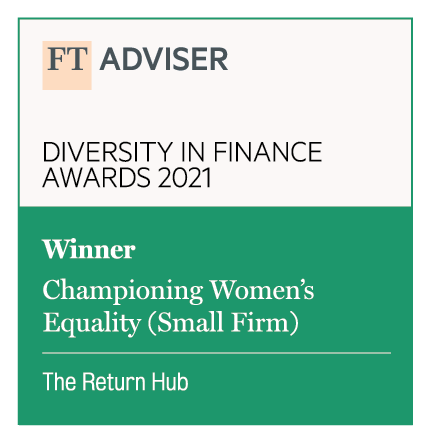
Creating a board CV is key when putting yourself forward for a non-executive directorship. Our partners Women on Boards have over a decade of experience in supporting their members to create Board CVs which resonate with headhunters and recruiting boards alike.
Here they offer some quick tips on creating Board CV that does you justice as a non-executive candidate. Find out more about Board CV support from Women on Boards here.
What is a board CV?
A board CV is different from a career CV in a number of ways. It is important that you identify your transferable skills, articulate your seniority and achievements and highlight past board (or proxy board) experience. All in a succinct way.
A good way to think about the difference is that whilst your executive CV is a chronological list of the jobs you have had, a Board CV is focused on how you will add value in the boardroom. You have one minute or less to get the reader’s attention so it’s important you take steps to allow the reader to identify the key information they are looking for – quickly.
What should a Board CV contain?
A strong summary that does you justice “in the round” and sells your seniority and breadth of experience is crucial. Focus on the expertise you will add to a board (your transferable skills), not your career trajectory. Do you understand (risk, commercial strategy, talent, compensation, marketing, stakeholder management, regulatory compliance, technology, transformation, policy, negotiation, diversity, CSR)? Do you have international or cross-sector experience? Think broadly about what you have done; don’t focus just on the last 10 years. And keep your language objective. The summary may be the only thing people read so 2 sentences is definitely too short; we recommend 2 or 3 paragraphs.
Focus on achievements rather than responsibilities and make sure they include the “so what?” (impact on the organisation). Quantify your achievements wherever you can;, for example. a “large team” could mean 40 or 4000 so be specific. Put in values of P&L and budget responsibilities wherever the information is not sensitive, to ensure it is clear what scale you are operating at. Two or three well written achievements that evidence your transferable skills are much more interesting to a Chair than a long list of responsibilities and activities.
Board experience: If you are on any boards or committees (or have been in the past) then say so. If you have never had an NED or trustee role have you sat on an industry association committee? Are you a school governor? Have you advised a board or reported to a board? Include this proxy board experience to show you understand how a board functions.
Your networks and connections will be part of your value-add to the board. Tell them if you have international, cross-industry and cross-sector networks or experience. You can also build credibility by naming well-known companies/brands you have worked for/with.
What else should you consider?
Audience: The Chair or recruiter reading your CV may not know your industry or sector, so avoid industry jargon and acronyms. And don’t assume your job title will mean anything to them. Most importantly think about what the reader is interested in (Hint: they are not interested in your life story). Keep it focused.
Language and relevance: Boards steer strategy and oversee governance, they don’t get involved in day-to-day operations. So make sure that your Board CV highlights skills and achievements that are relevant to this role. Use strong words like: led; implemented; oversaw; initiated. Don’t under-sell yourself or your contribution – modesty won’t get you an interview.
Length: Keep it to 2 pages. However difficult this seems after a long career, this is all people want to see. Details of your early career can be summarised in a sentence or two. Avoid long lists of bullet points – people will read 2 or 3 but beyond that you have lost them. Remember you need to get across the value you will add in the boardroom, not everything you have done in your career. It’s all about focus.
Use an accessible format: There is no one way to layout a Board CV but you should ensure the layout is clear and makes it easy to find key information. Women on Boards online learning Building a Board CV online learning course includes two example template board CVs – from a first-time board member and a portfolio NED – which may be useful references.
TOP TIP: Third-party review: your colleagues, clients and others who know you will often do a better job of articulating your unique strengths and transferable skills than you will. Get several people to review and comment on your Board CV. Even better if you can ask someone who sits on a board! Alternatively, Women on Boards offer an accessible priced 1-on-1 Board CV review from experience board Chairs.
A final word:
Boards are a collegiate environment; decisions are taken collaboratively. They challenge and support the executive team. They are looking for confident, accomplished, independent-minded individuals, not big egos.

